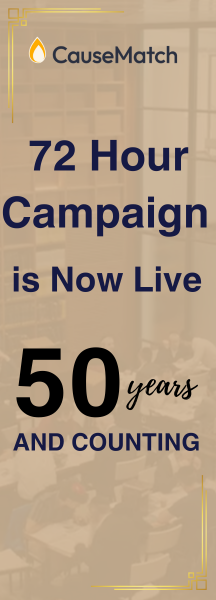Tamid 33 - Midos 34 - 37 - Niddah 3
The Miraculous Door
In the Beis Hamikdash there were seven gates opening into the azarah courtyard. The doors of all of them were made of gold except for the doors of Niknor which were made of bronze, and stood at the eastern end of the main part of the courtyard where everyone entered from the Ezras Nashim to the Ezras Yisrael.
What was so special about these doors that they were placed in such an important place and remained in their original form, uncovered by gold?
In Mesechta Yoma (38a) we find that the answer is because miracles happened to these doors of Niknor. What were those miracles?
Niknor traveled to the Egyptian city of Alexandria in order to bring two special doors for the Beis Hamikdash. On the sea journey back with the doors, a storm threatened to sink the ship he was on. In a desperate effort to lighten the ship's load the sailors threw one of his doors overboard. As the storm continued to rage they wanted to also throw the second door into the raging sea. Niknor tied himself to the remaining door and insisted that if it goes overboard he goes along with it.
At that moment the storm came to a halt and the door was saved. But Niknor was distressed at having lost the other one. When they reached the Port of Akko the missing door suddenly appeared at the bottom of the boat. Another version is that a giant sea creature had swallowed it and spit it out on shore.
Since Heaven had so miraculously interceded to save the doors of Niknor, they were considered special enough to occupy a place of honor in their original state and to bear the name of the hero who was ready to sacrifice his life to preserve them.
-
Midos 34a
The Magician's Office
One of the six offices in the azarah courtyard of the Beis Hamikdash had the interesting name of Beis Haparveh. It served as the site for salting the skins of animals which had been sacrificed, and on its roof was the mikveh used by the Kohen Gadol for his immersion on Yom Kippur each time he switched from his golden priestly garments to the special white ones he wore while performing the Yom Kippur service.
But why was it called by this strange name?
The Gemara (Mesechta Yoma 35a) informs us that Parveh was the name of a sorcerer. There are two different explanations as to why the name of this mysterious sorcerer became attached to this office.
Rashi says that Parveh built this office through magic and it is therefore called by his name. Other commentaries such as Rabbeinu Chananel and Rambam provide a radically different and dramatic explanation.
This sorcerer Parveh was extremely curious to see the Kohen Gadol as he entered the Holy of Holies on Yom Kippur to offer incense. He knew that no one was permitted to enter that area, so he dug a tunnel from somewhere in Jerusalem to underneath the Temple Mount in order to achieve his treacherous purpose. The point at which he was discovered and put to death was where this office was located and this incident which so dramatically highlighted the sanctity of the Beis Hamikdash was considered significant enough to memorialize it by calling the office by his name.
-
Midos 37b







